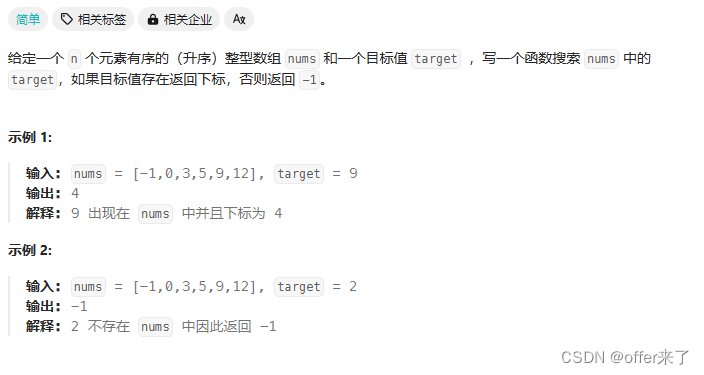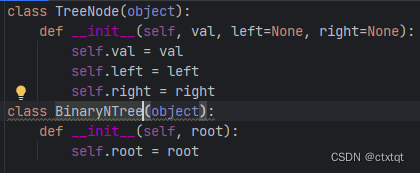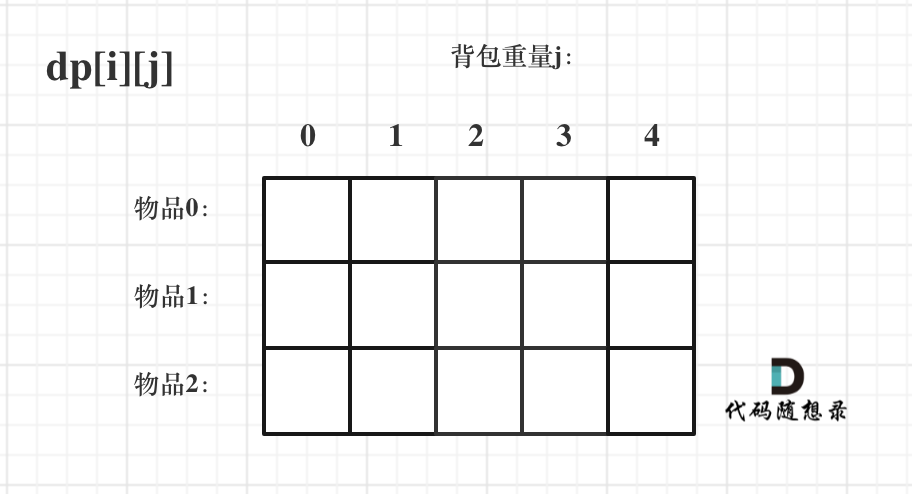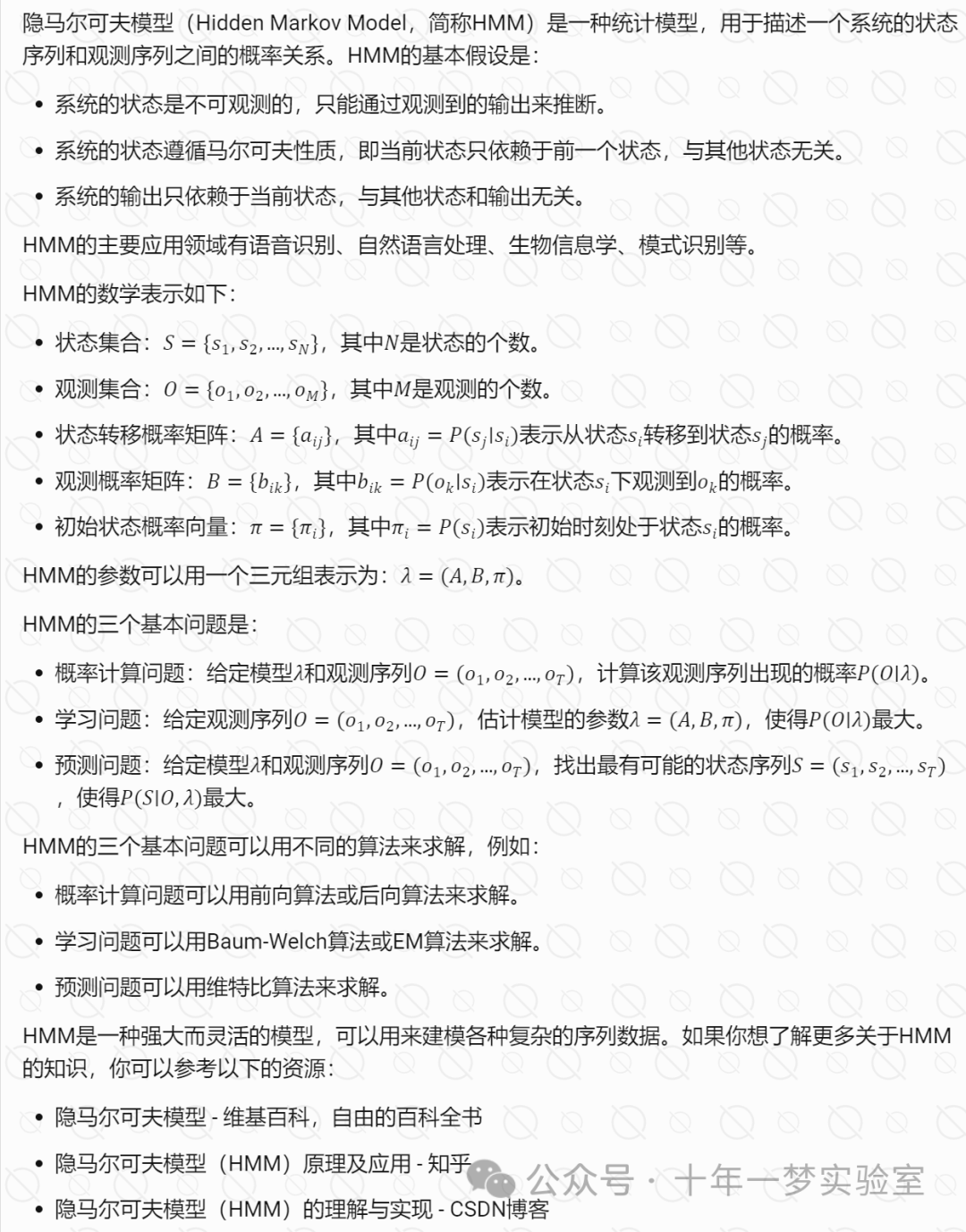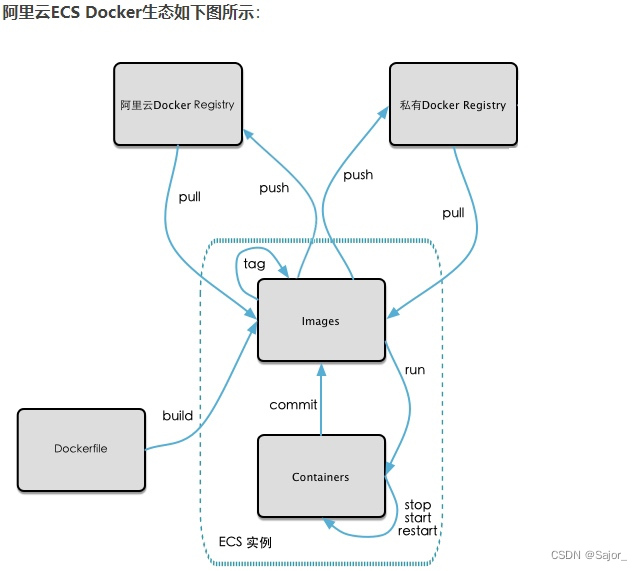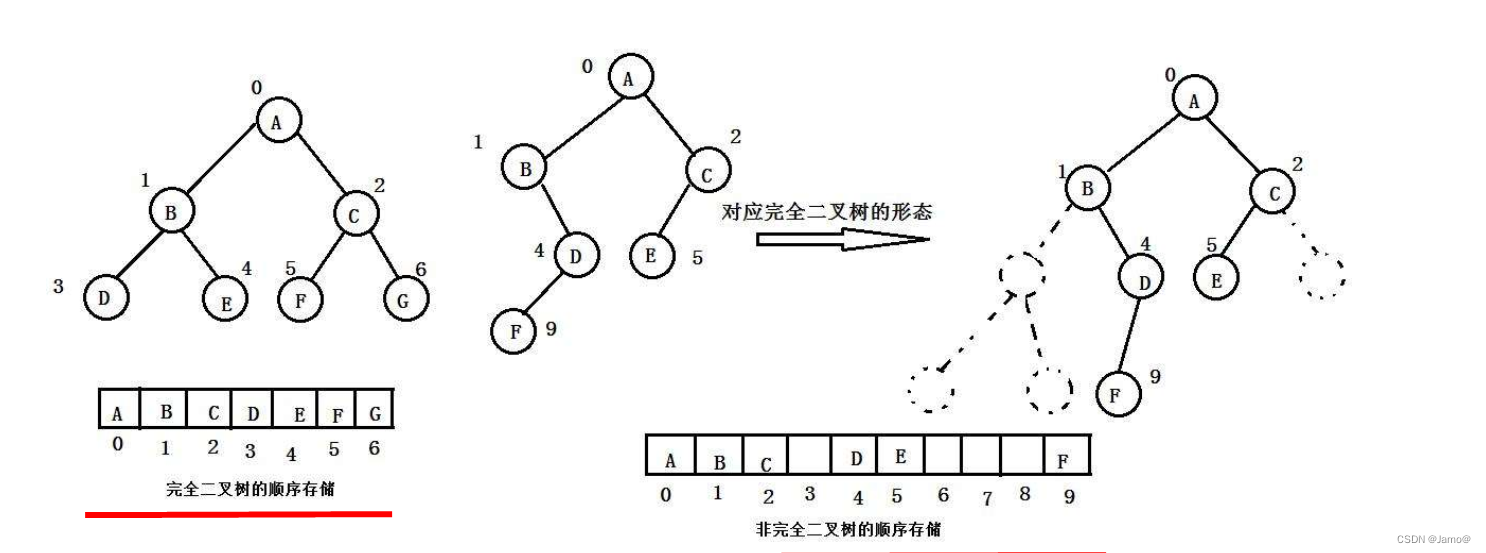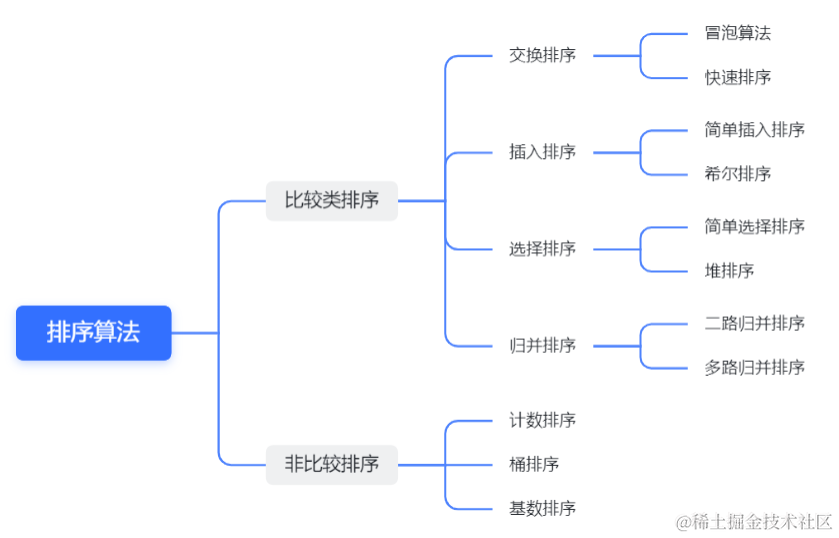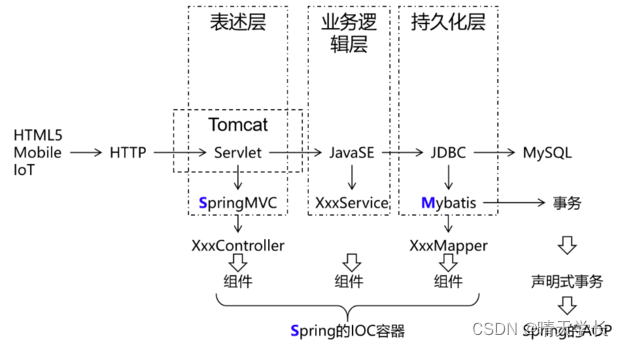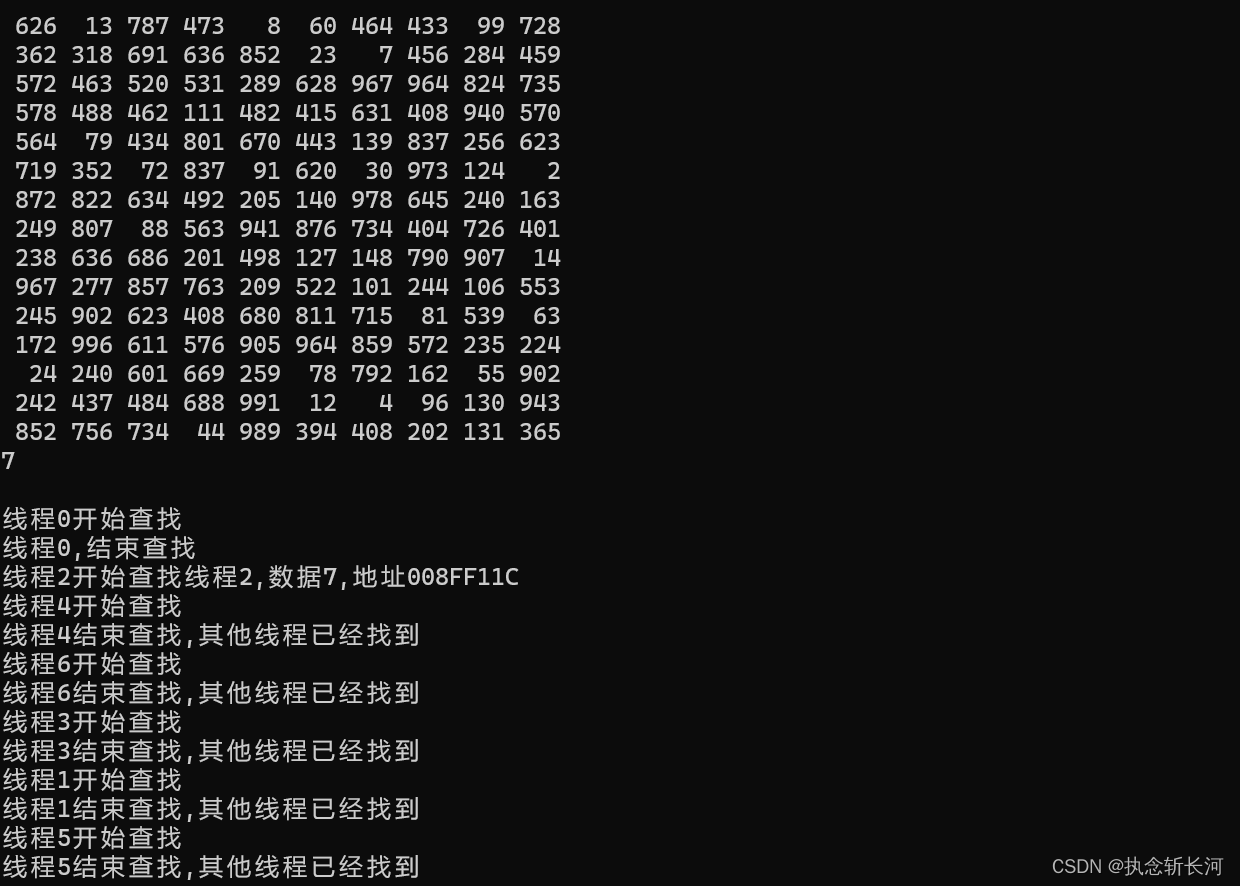哈希表篇
bool isAnagram(char* s, char* t) {
int hash[26]={
0};
for(int i=0;i<strlen(s);i++)
hash[s[i]-'a']++;
for(int i=0;i<strlen(t);i++)
hash[t[i]-'a']--;
for(int i=0;i<26;i++)
if(hash[i]!=0)return false;
return true;
}
int* intersection(int* nums1, int nums1Size, int* nums2, int nums2Size, int* returnSize) {
int hash[1002]={
0};
int k=0;
*returnSize=nums1Size>nums2Size?nums1Size:nums2Size;
int*a=(int*)malloc(*returnSize*sizeof(int));
for(int i=0;i<nums1Size;i++)
hash[nums1[i]]++;
for(int i=0;i<nums2Size;i++)
{
if(hash[nums2[i]]>0)
{
a[k++]=nums2[i];
hash[nums2[i]]=0;}
}
*returnSize=k;
return a;
}
字符串篇
void swap(char *q,char *t)
{
char tmp=*q;
*q=*t;
*t=tmp;
}
void reverseString(char* s, int sSize) {
int left=0;
int right=sSize-1;
while(left<right)
{
swap(&s[left],&s[right]);
left++;
right--;
}
}
void reverse(char*t,char*p)
{
char tmp=*t;
*t=*p;
*p=tmp;}
char* reverseStr(char* s, int k) {
int size=strlen(s);
for(int i=0;i<size;i+=2*k)
{
if(i+k<=size)
{
int left=i;
int right=i+k-1;
while(left<=right)
{
reverse(&s[left],&s[right]);
left++;
right--;
}
continue;}
int left=i;
int right=size-1;
while(left<=right)
{
reverse(&s[left],&s[right]);
left++;
right--;
}
}
return s;
}
void reverse(char*s,int left,int right)
{
while(left<=right)
{
char tmp=s[left];
s[left]=s[right];
s[right]=tmp;
left++;
right--;
}
}
void removeExtraSpace(char* s)
{
int start=0;
int end=strlen(s)-1;
int count=0;
while(s[start]==' ')start++;
while(s[end]==' ')end--;
for(int i=start;i<=end;i++)
{
if(s[i]==' '&&s[i+1]==' ')
continue;
s[count++]=s[i];
}
s[count]='\0';
}
char* reverseWords(char* s) {
removeExtraSpace(s);
reverse(s,0,strlen(s)-1);
int slow=0;
for(int i=0;i<=strlen(s);i++)
{
if(s[i]==' '||s[i]=='\0')
{
reverse(s,slow,i-1);
slow=i+1;}
}
return s;
}
重复的子字符串
kmp法
void getnext(int*next,char*s)
{
next[0]=0;
int j=0;
for(int i=1;i<strlen(s);i++)
{
while(j>0&&s[i]!=s[j])
j=next[j-1];
if(s[i]==s[j])
j++;
next[i]=j;
}
}
bool repeatedSubstringPattern(char* s)
{
int len=strlen(s);
if(len==0)return false;
int*next=(int*)malloc(sizeof(int)*len);
getnext(next,s);
if(next[len-1]!=0&&len%(len-next[len-1])==0)
return true;
return false;
}
栈与队列篇
typedef struct Stack//定义一个栈的结构体变量
{
int * a;
int top; // 栈顶
int capacity; // 容量
}Stack;
void StackInit(Stack* ps)
{
assert(ps);//断言,防止为空指针
ps->a = NULL;//所指向的地址为空
ps->capacity = ps->top = 0;//容量和栈中元素个数均为0
}
void StackPush(Stack* ps, int data)
{
assert(ps);
if (ps->capacity == ps->top)//如果栈中的元素个数等于栈的容量时考虑扩容,
{
int newcapcity = ps->capacity == 0 ? 4 : ps->capacity * 2;//如果刚开始时都等于0,就先给4个空间大小,后面如果满的话,容量扩大1倍
int* newnode = (int*)realloc(ps->a,sizeof(int)* newcapcity);//申请空间,将申请好的空间首地址传给newnode指针
assert(newnode);//断言,防止malloc失败
ps->a = newnode;//将newnode保存的申请空间的首地址传给ps->a,让ps->a指向创建好的空间
ps->capacity = newcapcity;//容量大小更新为新容量大小
}
ps->a[ps->top] = data;//像存数组一样存数据
ps->top++;//指向下一个
}
// 检测栈是否为空,如果为空返回非零结果,如果不为空返回0
int StackEmpty(Stack* ps)
{
assert(ps);
return ps->top ==0;//ps->top为栈中元素个数.==0栈中无元素,无元素要返回1, 无元素ps->t0p==0,这个表达式结果是1,返回1;
}
// 出栈
void StackPop(Stack* ps)
{
assert(ps);
assert(!StackEmpty(ps));//防止栈内无元素,继续出栈
ps->top--;
}
// 获取栈顶元素
int StackTop(Stack* ps)
{
assert(ps);
assert(!StackEmpty(ps));
return ps->a[ps->top - 1];//ps->top为栈中元素个数,由于数组下标是从0开始,所以栈顶元素下标为ps->top-1;
}
// 获取栈中有效元素个数
int StackSize(Stack* ps)
{
assert(ps);
return ps->top;
}
// 销毁栈
void StackDestroy(Stack* ps)
{
assert(ps);
free(ps->a);//free掉动态申请的内存
ps->a = NULL;//防止野指针
ps->capacity = ps->top = 0;//容量和栈中元素个数置为0
}
typedef struct {
Stack popst;
Stack pushst;
} MyQueue;
MyQueue* myQueueCreate() {
MyQueue* obj=(MyQueue*)malloc(sizeof(MyQueue));
if(obj==NULL)
perror("malloic fail");
StackInit(&obj->popst);
StackInit(&obj->pushst);
return obj;
}
bool myQueueEmpty(MyQueue* obj) {
return StackEmpty(&obj->popst)&&StackEmpty(&obj->pushst);
}
void myQueuePush(MyQueue* obj, int x) {
StackPush(&obj->pushst,x);
}
int myQueuePop(MyQueue* obj)
{
if(StackEmpty(&obj->popst))
{
while(StackSize(&obj->pushst))
{
StackPush(&obj->popst, StackTop(&obj->pushst));
StackPop(&obj->pushst);
}
}
int ret=StackTop(&obj->popst);
StackPop(&obj->popst);
return ret;
}
int myQueuePeek(MyQueue* obj) {
if(StackEmpty(&obj->popst))
{
while(StackSize(&obj->pushst))
{
StackPush(&obj->popst, StackTop(&obj->pushst));
StackPop(&obj->pushst);
}
}
int ret=StackTop(&obj->popst);
// StackPop(&obj->popst);
return ret;
}
void myQueueFree(MyQueue* obj) {
StackDestroy(&obj->popst);
StackDestroy(&obj->pushst);
free(obj);
}
typedef struct QListNode
{
struct QListNode* next;
int data;
}QNode;
typedef struct Queue
{
QNode* front;
QNode* tail;
}Queue;
void QueueInit(Queue* q)
{
assert(q);
q->front = q->tail = NULL;
}
// 队尾入队列
void QueuePush(Queue* q, int x)
{
assert(q);
QNode* newnode = (QNode*)malloc(sizeof(QNode));
assert(newnode);
newnode->data =x;
newnode->next = NULL;
if (q->tail == NULL)
{
q->tail = q->front = newnode;
}
else
{
q->tail->next = newnode;
q->tail = newnode;
}
}
bool QueueEmpty(Queue* q)
{
assert(q);
return q->front == NULL;
}
// 队头出队列
void QueuePop(Queue* q)
{
assert(q);
assert(!QueueEmpty(q));
if (q->front->next == NULL)
{
free(q->tail);
q->tail = q->front = NULL;
}
else
{
QNode* next = q->front->next;
free(q->front);
q->front = next;
}
}
// 获取队列头部元素
int QueueFront(Queue* q)
{
assert(q);
assert(q->front);
return q->front->data;
}
// 获取队列队尾元素
int QueueBack(Queue* q)
{
assert(q);
assert(q->tail);
return q->tail->data;
}
// 获取队列中有效元素个数
int QueueSize(Queue* q)
{
assert(q);
int size = 0;
QNode* cur = q->front;
while (cur)
{
size++;
cur = cur->next;
}
return size;
}
// 销毁队列
void QueueDestroy(Queue* q)
{
assert(q);
QNode* cur = q->front;
while (cur)
{
QNode* next = cur->next;
free(cur);
cur = next;
}
q->front = q->tail = NULL;
}
typedef struct {
Queue n1;
Queue n2;
} MyStack;
MyStack* myStackCreate() {
MyStack*obj=(MyStack*)malloc(sizeof(MyStack));
if(obj==NULL)
perror("malloc fail");
QueueInit(&obj->n1);
QueueInit(&obj->n2);
return obj;
}
void myStackPush(MyStack* obj, int x) {
if(!QueueEmpty(&obj->n1))
{
QueuePush(&obj->n1,x);
}
else
{
QueuePush(&obj->n2,x);
}
}
int myStackPop(MyStack* obj) {
Queue*nonempty=&obj->n1;
Queue*empty=&obj->n2;
if(!QueueEmpty(&obj->n2))
{
nonempty=&obj->n2;
empty=&obj->n1;
}
while(QueueSize(nonempty)>1)
{
QueuePush(empty,QueueFront(nonempty));
QueuePop(nonempty);
}
int ret=QueueBack(nonempty);
QueuePop(nonempty);
return ret;
}
int myStackTop(MyStack* obj) {
if(!QueueEmpty(&obj->n1))
{
return QueueBack(&obj->n1);
}
else
{
return QueueBack(&obj->n2);
}
}
bool myStackEmpty(MyStack* obj) {
return QueueEmpty(&obj->n1)&&QueueEmpty(&obj->n2);
}
void myStackFree(MyStack* obj) {
QueueDestroy(&obj->n1);
QueueDestroy(&obj->n2);
free(obj);
}
typedef struct Stack
{
char* a;
int top; // 栈顶
int capacity; // 容量
}Stack;
void StackInit(Stack* ps)
{
assert(ps);
ps->a = NULL;
ps->capacity = ps->top = 0;
}
void StackPush(Stack* ps, int data)
{
assert(ps);
if (ps->capacity == ps->top)
{
int newcapcity = ps->capacity == 0 ? 4 : ps->capacity * 2;
char* newnode = (char*)realloc(ps->a,sizeof(char) * newcapcity);
assert(newnode);
ps->a = newnode;
ps->capacity = newcapcity;
}
ps->a[ps->top] = data;
ps->top++;
}
// 检测栈是否为空,如果为空返回非零结果,如果不为空返回0
int StackEmpty(Stack* ps)
{
assert(ps);
return ps->top == 0;
}
// 出栈
void StackPop(Stack* ps)
{
assert(ps);
assert(!StackEmpty(ps));
ps->top--;
}
// 获取栈顶元素
char StackTop(Stack* ps)
{
assert(ps);
assert(!StackEmpty(ps));
return ps->a[ps->top - 1];
}
// 获取栈中有效元素个数
int StackSize(Stack* ps)
{
assert(ps);
return ps->top;
}
// 销毁栈
void StackDestroy(Stack* ps)
{
assert(ps);
free(ps->a);
ps->a = NULL;
ps->capacity = ps->top = 0;
}
bool isValid(char* s) {
Stack st;
StackInit(&st);
while(*s)
{
if(*s=='{'||*s=='['||*s=='(')
{
StackPush(&st,*s);
s++;
}
else
{
if(StackEmpty(&st))
return false;
else
{
char top=StackTop(&st);
if(top=='{'&&*s=='}'||top=='['&&*s==']'||top=='('&&*s==')')
{
StackPop(&st);
s++;
}
else
return false;
}
}
}
int ret=StackEmpty(&st);
return ret;
StackDestroy(&st);
}

